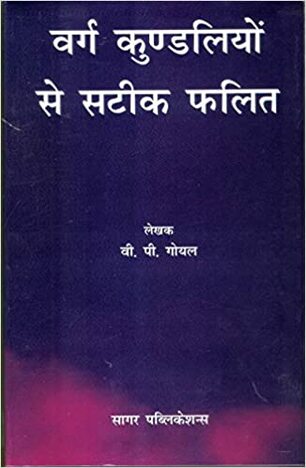Vargha Kundiliyon se Sateek Phalit
Description
So once a bhÄva has been put under the gaze, and its rÄÅ›i and the planets housing it and aspecting it, its lord and its dispositor, its strengths and its NavÄá¹Å›a, its ÄrÅ«á¸ha padas and special lagnas, its kÄrakas and yogas, argalÄs and dṛṣá¹is, have all been inspected from every possible angle, and yet clarity is not achieved, divisional charts come to the fore to dispel the clouds of obscurity. KalyÄṇa VarmÄ has said that without divisional charts, one cannot take a step forward in astrology. It illuminates a bhÄva where darkness prevails and enables the astrologer to examine bhÄva specific queries in its minutest detail. Divisional charts are charts that are created by dividing each sign into a number of sections, and then assigning a sign to each slice, and then placing planets into a new chart based upon which sign they occupy in the section. For example, the most important and most widely used divisional chart is called the Navamsha. Nava means nine, and so each sign is divided into nine sections. The particular location of planets in the Varga charts materially influences the results of planets constituting a yoga. The two sets of vargas that are commonly used are – a) the Shadvarga i.e. the six-fold division of sign namely, the Rasi or sign, the Hora, the Drekkena or decanate, the Navamsa, the Dwadasamsa and the Trimsamsa, and b) the Saptavarga i.e. the seven-fold division, by tagging the Saptamsa to the Shadvargas.[4] Some follow the Dasavargas or the ten-fold division, and in his Bá¹›hat ParÄÅ›ara HorÄÅ›Ästra, Parasara speaks about the Shodasvarga or the sixteen-fold division of a rasi.
Opps
Sorry, it looks like some products are not available in selected quantity.
.png)

